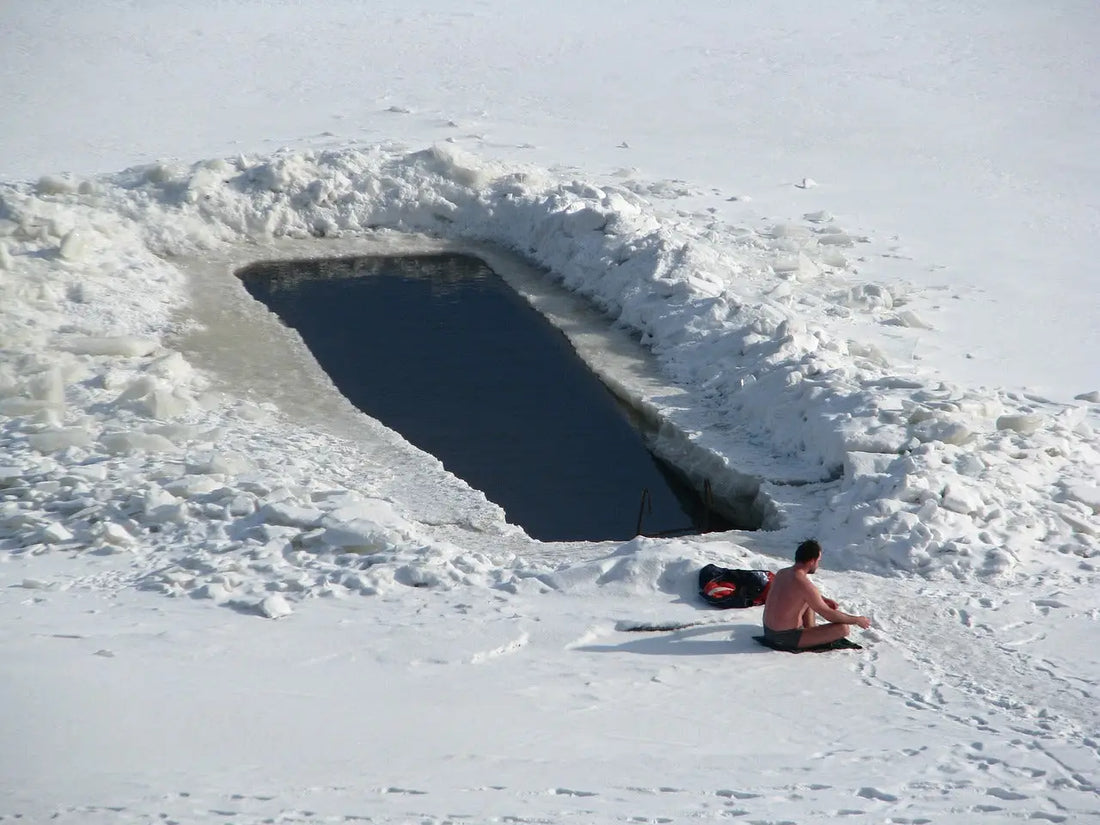
Cold Therapy: Is it Really That Good for Me?
Share
The Benefits of Cold Therapy
Cold therapy, also known as cryotherapy, has become increasingly popular for its range of potential health benefits. By utilizing exposure to cold—whether through ice packs, cold water, or specialized chambers—it offers several advantages that can support overall well-being and recovery:
Reduces Inflammation: Applying cold therapy can help reduce inflammation, which is especially useful for easing discomfort in conditions such as arthritis or muscle soreness after exercise. The cooling effect constricts blood vessels in the targeted area, decreasing blood flow and minimizing swelling or inflammation efficiently.
Speeds up Recovery: The immediate application of an ice pack or another form of cold therapy following injury can help speed up recovery. By numbing the affected area, reducing tissue breakdown, and limiting bruising or swelling, cold exposure promotes a quicker healing process and less discomfort during physical recovery.
Boosts Metabolism: Emerging studies suggest that regular exposure to cold temperatures may slightly increase metabolism. This is believed to happen because the body needs to work harder to maintain its core temperature, potentially supporting calorie burning and contributing to weight loss efforts in some individuals.
Types of Cold Therapy
There are multiple ways to incorporate cold therapy into your recovery or wellness routine, each with its distinct advantages:
Ice Packs: Ice packs are a simple, cost-effective way to deliver targeted cold therapy directly to sore muscles or areas affected by injury. They help reduce localized inflammation, swelling, and pain without the need for specialized equipment.
Cold Showers: Alternating between hot and cold water in the shower or simply taking a cold shower can revitalize the skin, stimulate circulation, and provide an overall invigorating effect. This method can easily be integrated into a daily routine.
Cryotherapy Chambers: For those seeking a more immersive experience, entire-body cryotherapy chambers expose the user to extremely low temperatures for brief periods. Some enthusiasts claim this method offers extensive health benefits, including improved mood, reduced joint pain, and better post-exercise recovery.
Considerations and Risks
While cold therapy can be highly effective, it's important to keep certain factors in mind to ensure safety and maximize benefits:
Sensitivity: Individuals vary in their tolerance for cold, and some may find certain types of cold therapy, such as ice packs or cryotherapy chambers, uncomfortable or unsuitable for their needs.Duration: Limiting session times is crucial. Prolonged exposure to cold, whether from ice packs or cold water immersion, can lead to skin irritation, numbness, or even frostbite. Always follow recommended guidelines for safe use.Consultation: Those with underlying medical concerns—such as circulatory issues, cardiovascular disease, or nerve damage—should consult with a healthcare provider before beginning any regimen involving cold therapy to reduce the risk of complications.In summary, when used responsibly, cold therapy can offer significant value as part of a wellness approach aiming to reduce inflammation, accelerate recovery, and improve metabolic health. Incorporating simple solutions like ice packs or more advanced options such as cryotherapy chambers may help you manage pain, support workout recovery, and maintain an active lifestyle.